The former fishing village on the Ligurian coast was once a favourite with the wealthy British set. Now instead of tennis and tea parties, it offers scenic treks and seafood feasts in glorious spring sunshine. ‘Why don’t the inglesi come here any more?” The question was asked by a customer at Caffè Roma in the seaside town of Alassio, whose pre-second world war British population could reach 5,000.
![[Liz Boulter]](https://i.guim.co.uk/img/uploads/2022/11/09/Liz_Boulter_Next_Gen.png?width=75&dpr=1&s=none&crop=none)
There are several reasons, I think. From the late 19th century, wealthy Britons would arrive in October to escape the winter cold, stay until May, and then head home before the torrid Italian summer. These days, British people with that kind of wealth probably winter between Zermatt and the Caribbean. But neither has Alassio great appeal to more ordinary Britons wanting a summer holiday: August temperatures can hit the high 30s, crowds and prices surge and, as in so many Italian resorts, the sands are taken over by beach concessions from Easter to September.
![[Alassio map]](https://i.guim.co.uk/img/media/2dfce522d11c23154c582aa1d12bcf86d4b27954/0_0_945_412/master/945.png?width=445&dpr=1&s=none&crop=none)
However, lovers of blue skies, warm sunshine, good food and outdoor pursuits may find this Ligurian resort a perfect spring or autumn destination. Just over an hour from Genoa (not much more from Nice), this lucky little town faces south-east over the Ligurian Sea, protected by a ring of hills on a shallow curve of silvery sand called Baia del Sole (Sunshine Bay). Alassio’s microclimate sees it consistently a few degrees warmer than its neighbours, with clear skies punctuated by a few spring showers.
![[The island of Gallinara sits off Alassio, to the north-east.]](https://i.guim.co.uk/img/media/bb58f23e54a9d631e6d1c64712b28df340f59dda/0_0_5275_3165/master/5275.jpg?width=445&dpr=1&s=none&crop=none)
A spring trip to Alassio could also take in Flauer (4-6 April in 2025), the town’s festival of cooking with flowers, this year with invited Sicilian chefs widening the offering of stalls, tastings and guided hikes. As a preview I nibble a few pinky-red begonia petals and am surprised at their zingy citrus taste – perfect in gelato. Many Flauer events take place on Piazza dei Partigiani, which has the sea on one long side and is minutes from the town’s smart pier, Molo Bestoso, a setting for contemporary art exhibitions until late October. Inland are the narrow streets of the old town, called Il Budello (the gut), where the Old Alassio Association keeps photographs dating from before the British “discovered” it. An image taken in 1860 shows Alassio a mere fishing village, with just sheep and a few drying nets on the unspoilt sand.
![[old poster for Balzola’s Baci biscuits]](https://i.guim.co.uk/img/media/57c4bb442910b4b714fa79f8a57e8904fc3a4556/0_175_3024_3780/master/3024.jpg?width=445&dpr=1&s=none&crop=none)
The green hills above Alassio are a little more built up now, but still ripe for exploring. I hear all about them from lawyer Igor Colombi, who recently finished a project to maintain, waymark and map the 56 miles (90km) of former mule tracks leading into the hills. Armed with his map (available at the tourist office), I take the railway underpass off the main road to find the cobbled path to Solva. It winds up and up, views getting more spectacular with each hairpin, past gardens and allotments, under carob and olive trees, to the village square and a church with 14th-century frescoes designed to frighten the faithful into behaving.
![[The palm-fringed streets of Alassio’s old town, leading down to the sea.]](https://i.guim.co.uk/img/media/22f31a4f1f7f5c028be868370d40acba50720adb/0_1629_3839_2452/master/3839.jpg?width=445&dpr=1&s=none&crop=none)
There are no refreshments in Solva, but it’s only a half-hour walk back, with the track ending close to wonderful Osteria I Matetti (see below). At Solva’s July festival, hungry hikers can gorge on biscette, dough fritters similar to churros, and probably just as bad for you. A longer trail leads from Alassio’s south-west edge to Moglio village, with its pretty multicoloured houses and views of the bay from a different angle. Moglio’s summer festival celebrates a less-appealing speciality: stewed tuna entrails. They are said to have a “decisive” taste. However, there is also Bar a Nió, with simple – intestine-free – snacks on a panoramic terrace.
![[A room in Villa della Pergola.]](https://i.guim.co.uk/img/media/ed51d3fed85e67aec37c4aeaf6349072159e812d/0_351_5669_3401/master/5669.jpg?width=445&dpr=1&s=none&crop=none)
For a deeper dive into Alassio’s hinterland, I consult a wise woman, Laura Brattel, who will be leading foraging walks (in English if required) during the Flauer festival. She learned about wild plants for food and healing from her mother and grandmother, but only after she’d promised, in a ceremony held when she was just five, not to use the knowledge to do harm. The lore can only be passed between women, so she is not allowed to share it with her only child, a son.
On a lung- and thigh-stretching walk to Vegliasco, a village with a 16th-century watchtower, she shows me wild celery, several types of dandelion and an edible bush with lush spinachy leaves. She shows me how to spot poisonous plants and explains how a herbal tea made from rosehips is a natural Prozac. The strawberry tree’s leaves are good for stomach, bladder and circulatory problems, while the waxy leaves of caccialepre (Reichardia picroides) are good in salad or cooked in ravioli. Laura runs foraging walks year round, and offers bespoke bookings.


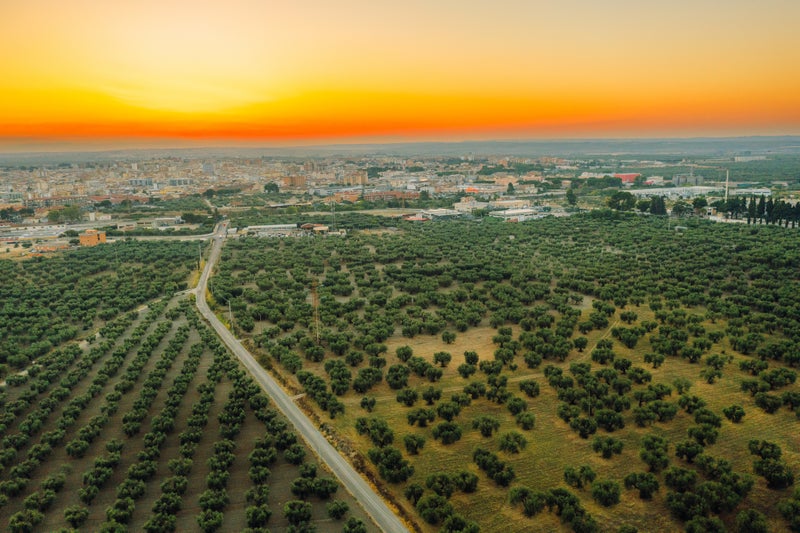
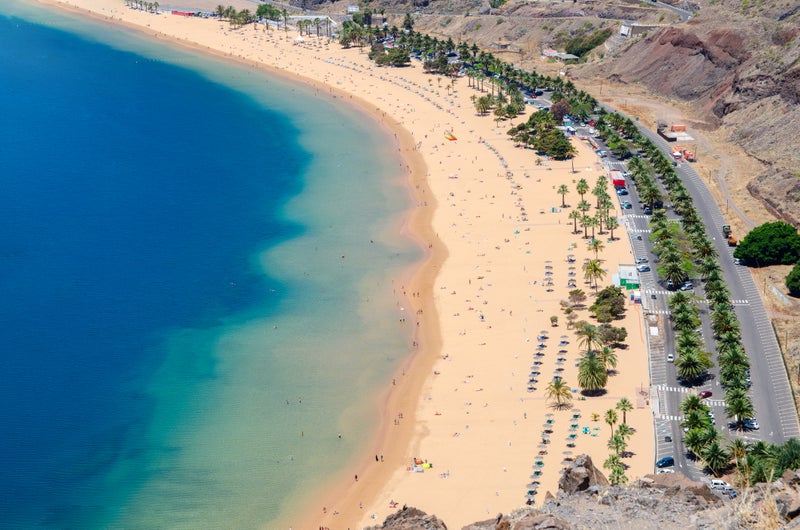
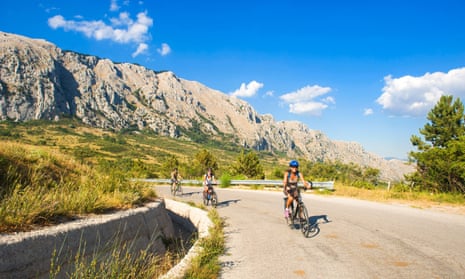
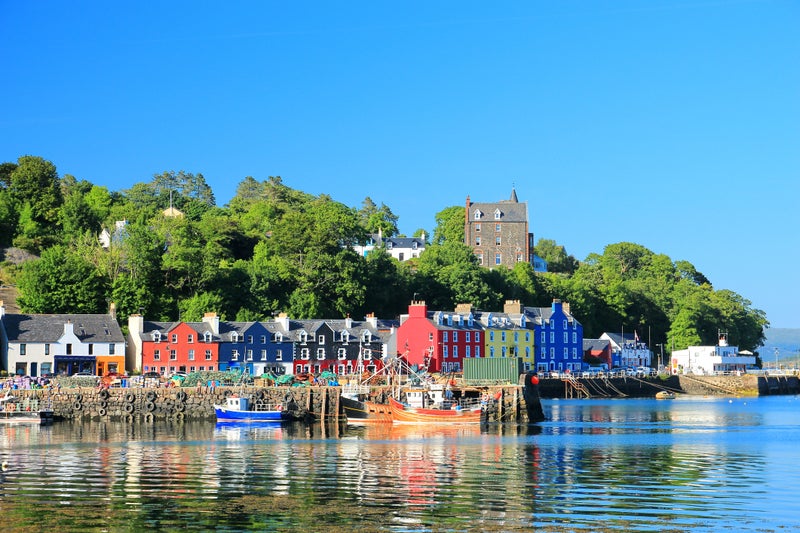
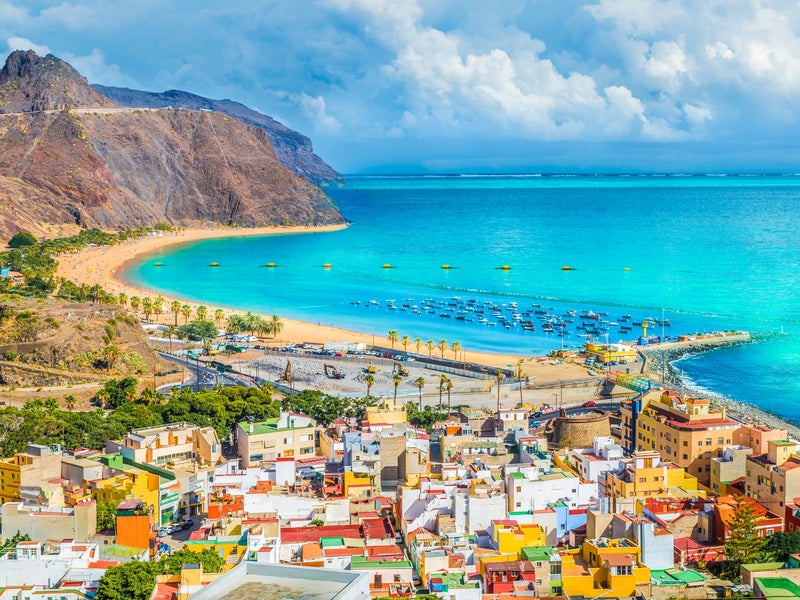



















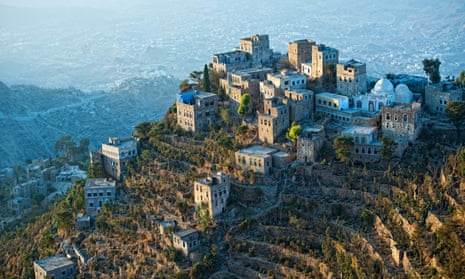




.jpg?crop=4:5,smart&quality=75&auto=webp&width=960)